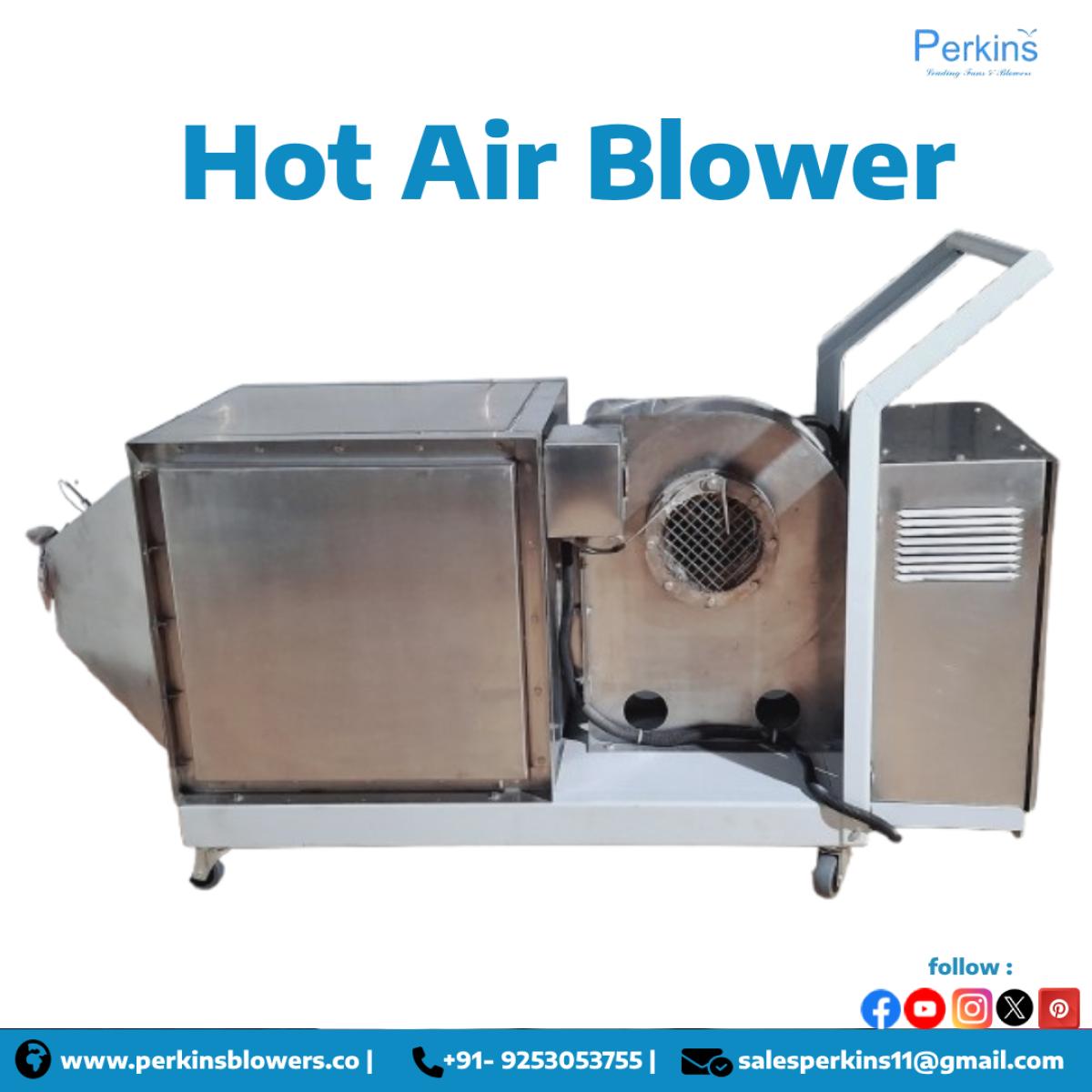
The textile industry is one of the largest and most dynamic sectors in India and across the globe. From yarn manufacturing to fabric finishing, each stage requires efficient machinery and precise processes. Among the many industrial tools used, hot air blowers play a critical role in ensuring smooth, reliable, and cost-effective textile operations.
In this blog, we will explore how hot air blowers are used in textile industries, their benefits, and why they are considered an essential part of modern textile production.
1. Drying of Fabrics and Yarns
Moisture control is one of the biggest challenges in the textile industry. After processes like dyeing, bleaching, and washing, fabrics and yarns contain high levels of moisture. Hot air blowers are used to accelerate the drying process by delivering controlled heated air.
-
Ensures uniform drying
-
Prevents damage to delicate fibers
-
Reduces production time
This not only improves efficiency but also maintains the quality and texture of the textile products.
2. Heat Setting of Fabrics
Certain synthetic fabrics like polyester, nylon, and blends require heat setting to stabilize their shape and prevent shrinkage. Hot air blowers provide consistent hot air, ensuring fibers are locked into their desired structure.
-
Maintains fabric dimensions
-
Improves elasticity and durability
-
Provides a better finish to the material
3. Dyeing and Printing Processes
During textile dyeing and printing, fabrics must be dried and cured to fix the colors. Hot air blowers ensure:
-
Quick drying of dyed fabrics
-
Even distribution of heat for uniform color fixing
-
Energy-efficient curing of prints and patterns
This step is essential for achieving bright, long-lasting colors without fading.
4. Shrink Wrapping and Packaging
Textile products like garments, home furnishings, and fabrics are often packed using shrink-wrap films. Hot air blowers provide the required heat to shrink-wrap packaging, ensuring protection during storage and transportation.
5. Maintaining Clean & Controlled Environment
Textile factories generate dust, lint, and other fine particles during production. Industrial hot air blowers can also be used to maintain controlled airflow, ensuring cleaner working conditions and better quality output.
Benefits of Using Hot Air Blowers in Textile Industry
-
Faster drying and curing processes
-
Reduced energy consumption compared to traditional methods
-
Improved quality and finishing of fabrics
-
Long-lasting color retention in dyed and printed textiles
-
Enhanced productivity and cost savings
Conclusion
The role of hot air blowers in the textile industry goes far beyond just drying. They contribute to improving efficiency, maintaining product quality, and ensuring cost-effectiveness across multiple stages of textile manufacturing. As the demand for high-quality fabrics continues to rise, investing in advanced hot air blower solutions is becoming a necessity for textile manufacturers.
At Perkins Blowers, we provide durable, high-performance hot air blowers tailored to meet the unique requirements of the textile industry. Our machines are designed for efficiency, reliability, and long service life, making them the perfect choice for modern textile operations.
